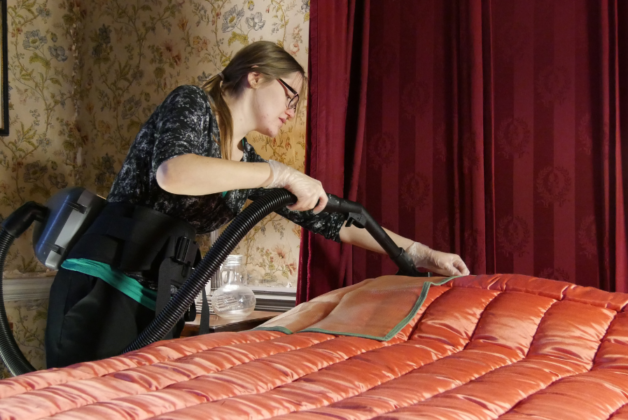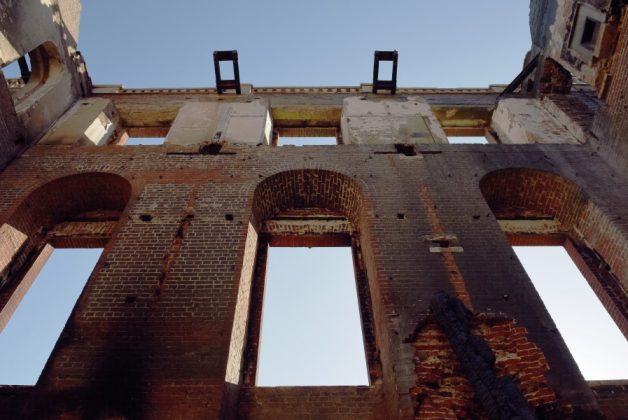Main Image: Saloon looking East, Clandon Park © National Trust Images, John Millar
The National Trust has announced it will launch a global competition from March 9 2017 to search for a world-class multi-disciplinary design team to restore and renew Clandon Park, the 18th-century Palladian house, which suffered a major fire in April 2015
The National Trust’s Clandon Park International Design Competition will run for six months, concluding in early September. A fire destroyed most of the 18th Century mansion near Guildford at the end of April 2015, which was thought to be started accidentally and caused by an electrical fault.
The competition announcement comes just over a year after the Trust announced ambitious plans to bring the Grade I listed house back to life, in what will be the charity’s biggest conservation project in a generation,
“This international design competition is the first to be held by the Trust for such a significant historic building; signalling our desire to attract the best design talent to work with us,” Clandon Park’s Project Director, Paul Cook. “Clandon Park represents a ground-breaking moment in British architecture, moving from Baroque to Palladianism. It is this significance that we hope will inspire both British and international architects to enter the competition and bring Clandon back to life through the careful restoration of significant historic rooms with the re-imagining of other spaces, on the upper floors.”
Gallery
Clandon Park was one of the country’s most complete examples of a Palladian mansion designed by Venetian architect Giacomo Leoni (c.1686 – 1746). Its architectural and historic significance is recognised in its Grade I listing. Clandon is one of only five surviving buildings by Leoni in England.
The houses decorative schemes were highly significant, particularly the ornate plaster ceilings attributed to European stuccadors Giuseppe Artari (d. 1769) and Giovanni Bagutti (1681 – c.1730) and the Carrara marble over mantels by sculptor John Michael Rysbrack (1694 – 1770).
The open two-stage competition will be run by independent competition experts, Malcolm Reading Consultants (MRC). MRC specialises in competitions for museums and arts, heritage, and non-profit organisations and recently organised high-profile contests for the Museum of London and Tintagel Castle Bridge.
Final preparations for the competition are in progress, with full details to be announced at the launch on 9 March. To receive information about the competition, sign up here.




